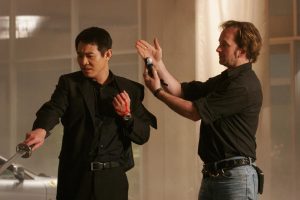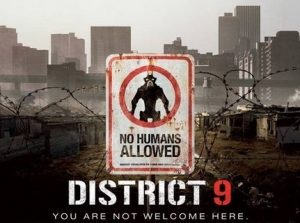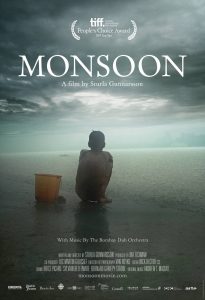Boom Microphones vs. Lavaliers:
What’s the Best Recording Mic?
Sound is often the most overlooked aspect of production for unseasoned filmmakers. Compared to the excitement that goes hand-in-hand with selecting the camera, sound can be an afterthought: a single line on an already overwrought budget, packed with expenses that are much more immediately compelling than the eventual audio technician leaning over his mixing board.
The importance of clear, well recorded audio may not become apparent until after the shoot has been completed and the editor first sits downs, only to hear a cacophony of background chatter, overmodulation, and that car alarm that didn’t seem quite so loud when you were on location. Instead of planning to “fix it in post,” choose wisely when selecting your sound equipment for a sure-fire audio strategy.
LAVALIERS
These button-sized microphones are frequently seen in documentary productions, tucked into the lapel of an interview subject. Although they are fairly low profile they require a somewhat bulky transmitter, a black box the size of a pack of cards that can connect with or without a wire to the microphone, usually secured in the back pocket of the subject.

While filming a dramatic production an unfortunate glimpse of the sound equipment is something to be avoided. But when used correctly there are several excellent uses for lavs in film.
- Wide Shots: When the shot is simply too wide to facilitate a boom but you would prefer not to use ADR to record dialogue, a lav will come in handy. Distance is an excellent camouflage for these mics that may easily be spotted in a close up shot.
- Tricky Shots: Locations can prove challenging when it comes to finding a place to hang the boom. In these cases lavs may provide a solution for the tightest of spaces. With some careful placement, lavs can be rendered largely undetectable in a shot.
- Backup Audio: Sometimes location sound cannot be avoided, be it the drone of a helicopter that is hovering above your set, or the ceaseless siren that is cutting into your schedule. If you are able to hide the lav discreetly on the actor it can be used as a secondary source of audio for the editor to work with in post.
BOOMS / SHOTGUN MICS
The image of the pole-bearing boom operator is synonymous with film production. This method of capturing audio is made up of several working parts: a shotgun mic, the furry wind-shield cover (aptly nicknamed the ‘deadcat’) and the pole that these items are mounted on. The front of the mic is suspended above the subject just out of view of the camera, to capture dialogue.

Although shotgun mics must be carefully monitored to ensure that the direction is correct and that the boom hasn’t dipped into frame, they are an extremely versatile method of audio recording that is seen on virtually every film set. The benefits of using a boom include:
- Full Control: While a rogue lav mic is impossible to fix without stopping a scene, a boom operator doesn’t have to interrupt the action to modify the position of his microphone.
- Freedom of Costume: lav mics can pick up the rustle of clothing, a sound that can render a recording unusable. Booms are a reliable way to record and do not require the subject to take special care with their clothing.
- Natural Audio: The sound that the boom picks up is superior to the lav in terms of natural tones. The ability to point the shotgun mic at the subject’s sternum instead of their mouth produces a more natural quality of recording.
Like every other element of filmmaking, sound recording will require some thought and preparation. Select the method of audio recording that works best with your budget and production, and if you’re able to, consider employing the use of each for the appropriate scenes in your film.








 Film Director and Producer Mary M. Frymire has fearlessly grabbed the reigns of both Film Director and Producer for over 30 years. Traversing across Europe, South America and Asia, Frymire has worked on projects such as Martinique; Runaway Bay, a documentary about kids changing the world, to directing a 16mm film in Paris exploring cemeteries and catacombs, and moving to Spain to focus on a film about Carmen Amaya and the roots of Flamenco, while also studying Flamenco.
Film Director and Producer Mary M. Frymire has fearlessly grabbed the reigns of both Film Director and Producer for over 30 years. Traversing across Europe, South America and Asia, Frymire has worked on projects such as Martinique; Runaway Bay, a documentary about kids changing the world, to directing a 16mm film in Paris exploring cemeteries and catacombs, and moving to Spain to focus on a film about Carmen Amaya and the roots of Flamenco, while also studying Flamenco.


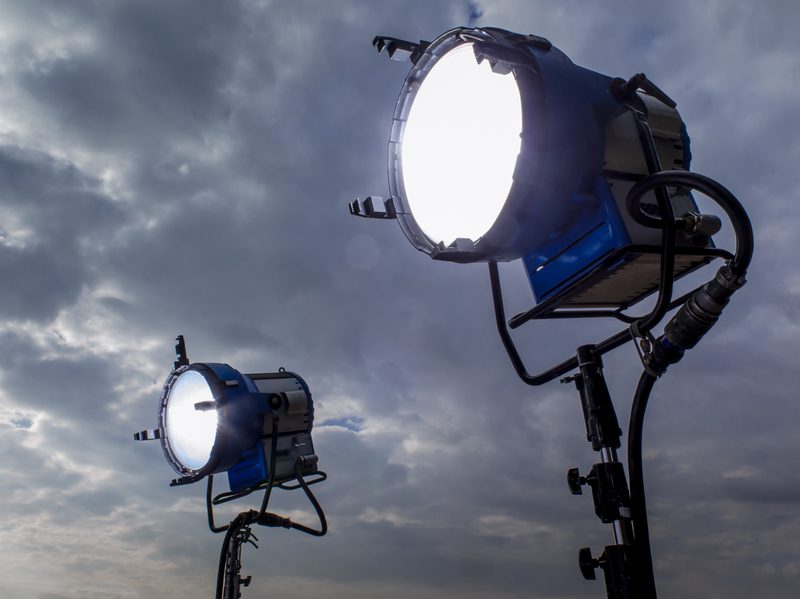

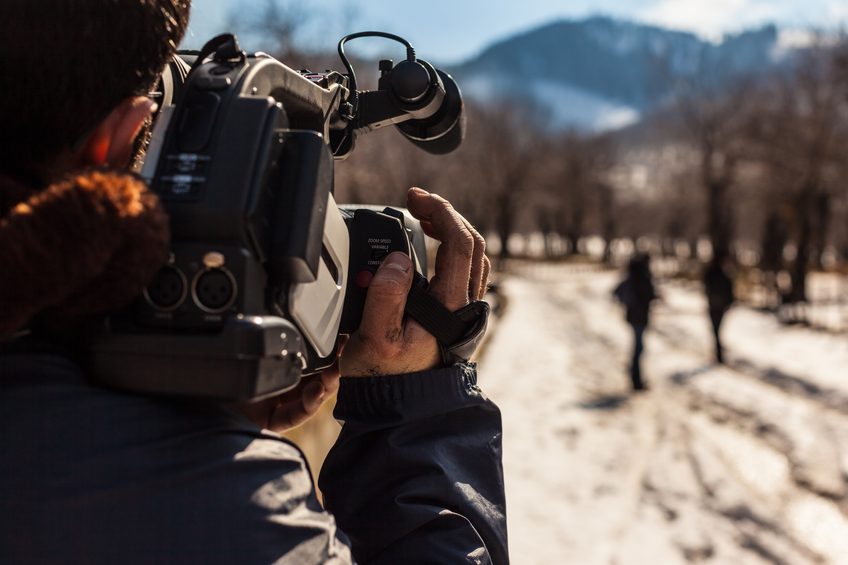

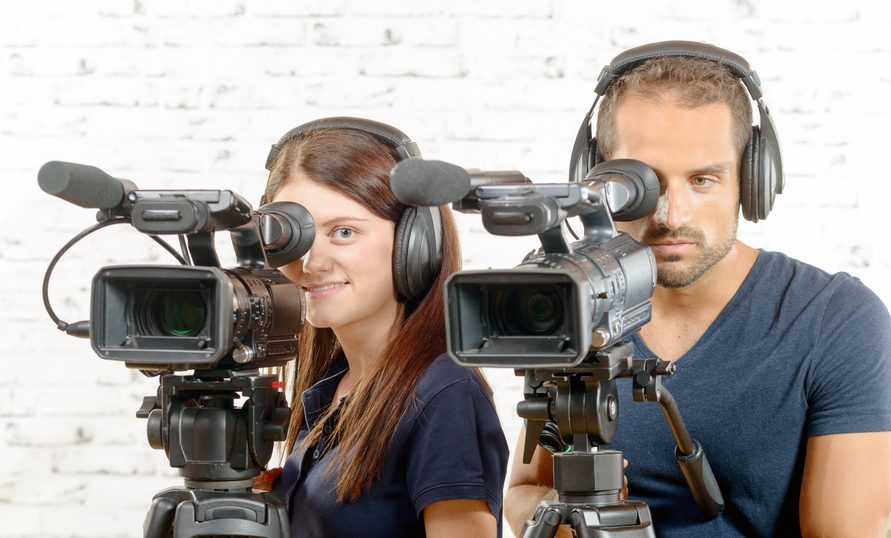
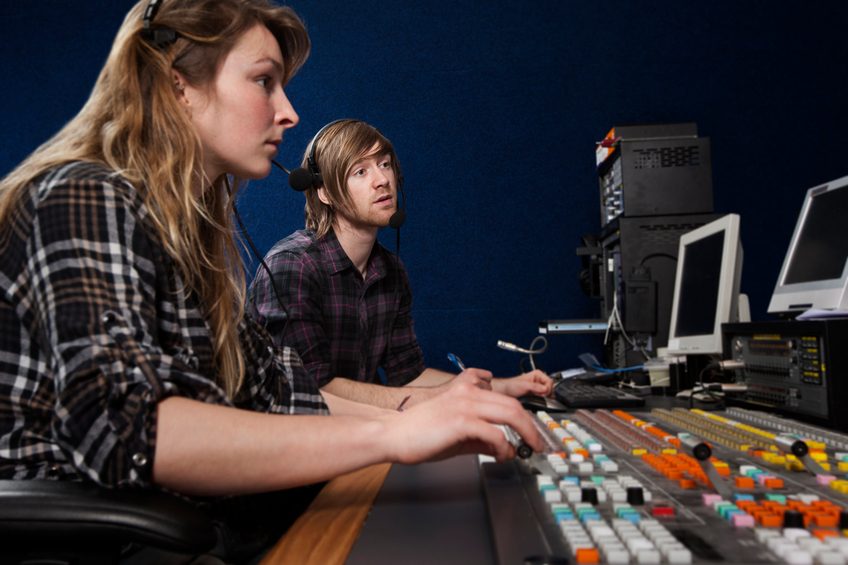
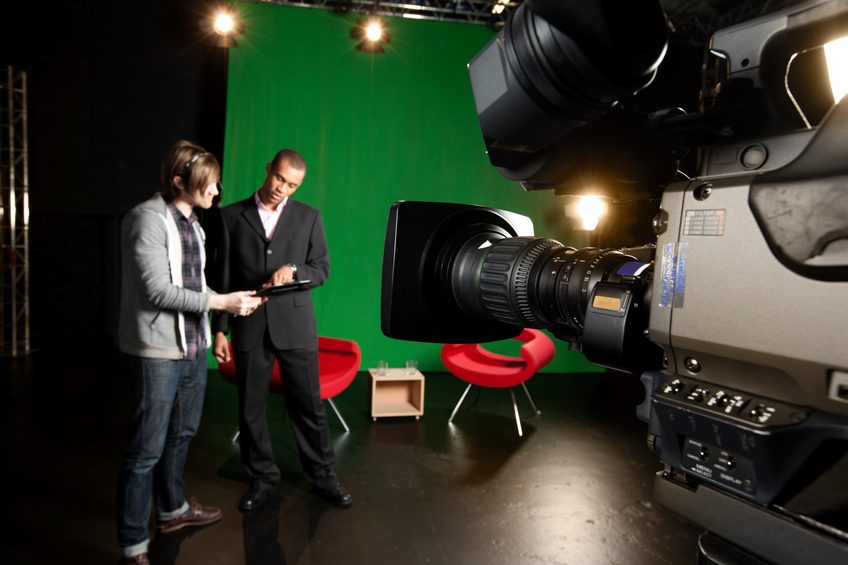

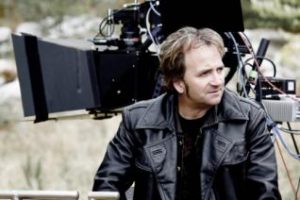 Award-winning cinematographer Danny Nowak works in unorthodox ways. He is at once a successful independent artist following his dreams, yet is also ready to paint images with his camera for blockbusters like Tristar’s “The Big Hit” or Neil Simon’s “The Goodbye Girl.”
Award-winning cinematographer Danny Nowak works in unorthodox ways. He is at once a successful independent artist following his dreams, yet is also ready to paint images with his camera for blockbusters like Tristar’s “The Big Hit” or Neil Simon’s “The Goodbye Girl.”